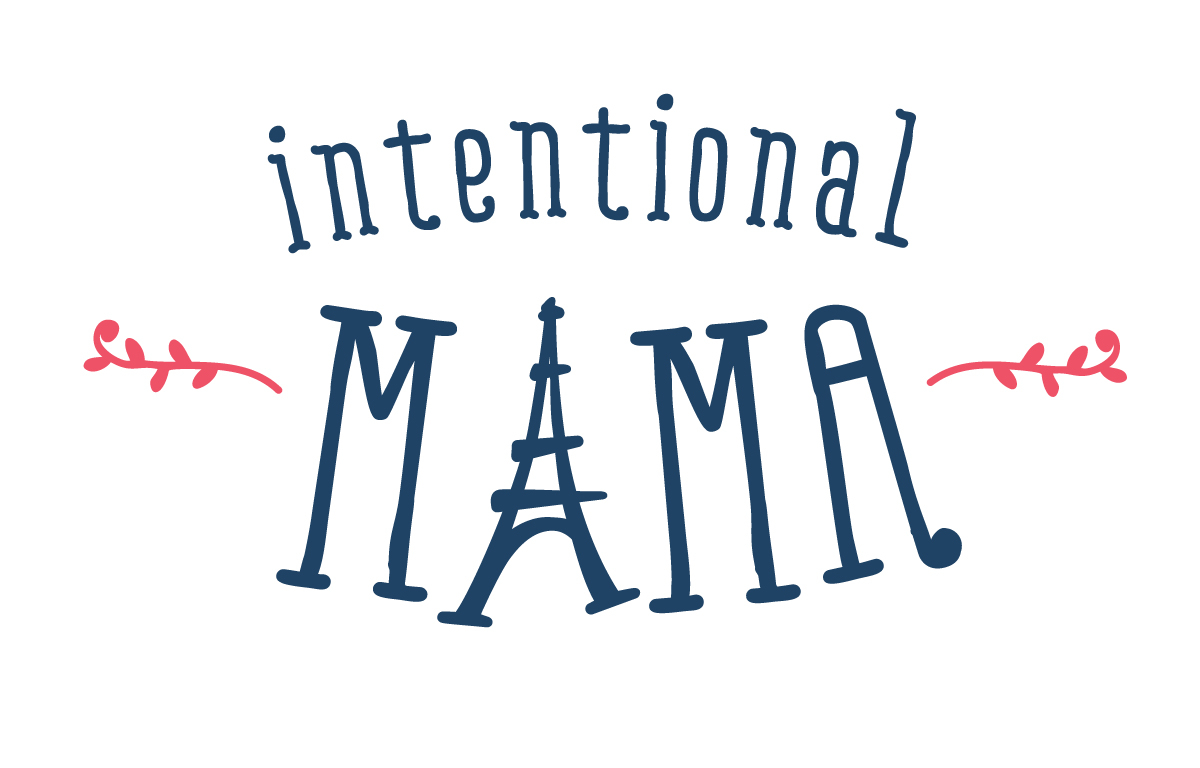Beginning French: First Lesson Plan for Ages 8-12
Last month I started teaching a beginning French class to a small group of upper elementary students in our homeschool co-op. (Most of my current students are around age 10.) Over the next two months I'll post my weekly lesson outlines here for teachers, parents, and those of you who'd like to learn or brush up on basic French skills. I lean heavily towards immersion and emphasize speech over writing, at least in beginning classes. Each class is 55 minutes and meets once per week for six weeks.
These lessons are designed for a small group of students with limited materials--we have no textbooks, workbooks, computer access, or video player in the classroom. We do use a CD player and mini-whiteboards. (You can learn how to make your own set of mini-whiteboards here.)
The First Lesson by Carl Larsson, 1903
Lesson 1 Goals:
- Learn French greetings and introductions
- Learn, in French, the six basic words essential to any language
- Identify Francophone countries on a world map
- Memorize the letter sounds of the French alphabet
Part 1: Introductory Immersion
Sample Dialogue:
Bonjour! Je m'appelle Madame V.
Et toi? Comment t'appelles-tu? (Moi, je m'appelle Madame V. Et toi?)
Moi, je m'appelle ___________.
Enchantée! Bonjour, ___________! Et toi? Comment t'appelles-tu?
Je suis professeur de français. Je suis américaine. Je ne suis pas française. Je ne suis pas canadienne. Je ne suis pas mexicaine. Je suis américaine.
Je suis maman. Je ne suis pas papa. Voici mon fils. Il s'appelle ___________. Il comprends français.
Et toi? Est-ce que tu comprends français? Un peu? (gesture with fingers)
Part 2: World Map - Show a large, laminated world map, preferably within reach of students
World map in French via Carteograf.fr
Voici le monde. Où est Madame V dans le monde? Où est ___________ (name of student)?
Oui, nous sommes là. Nous sommes dans l'Oregon. Nous sommes aux Etats-Unis. Nous sommes américains. ___________(Name of student), es-tu américain(e)? Es-tu canadien(ne)? Es-tu mexicain(e)? Es-tu français? Est-ce que tu comprends le français? Qui est américain(e)?
Où est la France? (Oui, là.) Où est le Canada? la Mexique? l'Océan Pacifique?
J'aime les Etats-Unis. J'aime la France. J'aime le monde!
Handout: 8x11 world map outline with countries labeled in French. Students highlight francophone countries on their maps as you indicate them on your map.
On parle français en France. Où est la France? Oui, merci! On parle français au Canada. Etc.
We break here to write notes for key words and phrases we've learned so far, including merci and pardon.
Part 3: L'Alphabet
Vintage French animal alphabet poster via ChildsTouch on Etsy
Write the alphabet and sing the letter sounds aloud for students. After singing the sounds, I play a musical alphabet recording to help with sound memorization. I use a recording from the magazine & CDToupie Chansons, but this MP3 version from Alain Le Lait is a good alternative. Students join in.
If time allows: Review the phrase je m'appelle and encourage students to spell their names aloud. You can show examples of the most popular names in France and/or other francophone countries. You can spell names and/or nouns aloud as students write the letters on mini-whiteboards to practice letter recognition.
Wrap up: Au revoir! You can also introduce salut and discuss formal vs. informal speech. I like to have students tell me one French phrase that they've learned as they meet me at the door to exit.
This post contains Amazon Affiliate links for your convenience.


